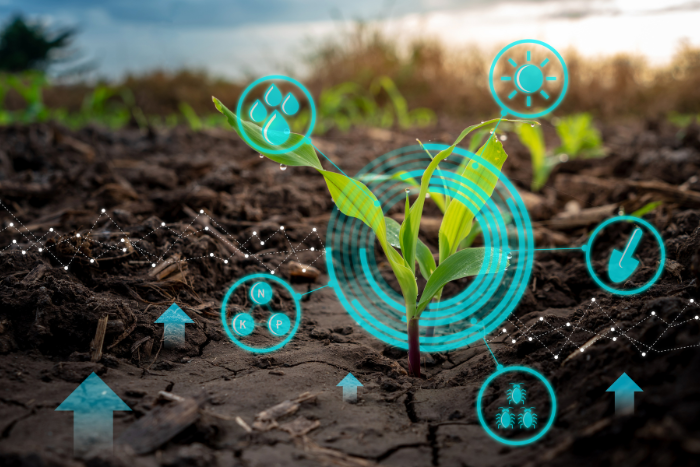Low-income countries are proportionately the hardest hit by hidden costs of agrifood systems, which represent more than a quarter of their GDP, says the report
According to an analysis by the Food and Agriculture Organization of the United Nations (FAO), our current agrifood systems impose huge hidden costs on our health, the environment and society. This cost is equivalent to at least $10 trillion a year, which represents almost 10% of the global GDP.
The report said that the biggest hidden costs (more than 70%) are driven by unhealthy diets, high in ultra-processed foods, fats and sugars, leading to obesity and non-communicable diseases, and causing labour productivity losses. Such losses are particularly high in high- and upper-middle-income countries.
The report disaggregated these costs down to the national level and ensured they are comparable across cost categories and between 154 countries.
Major environmental costs, poorest hit the hardest
The analysis found that one-fifth of the total costs are environment-related, from greenhouse gas and nitrogen emissions, land-use change and water use. This is a problem that affects all countries, and the scale is probably underestimated due to data limitations.
Low-income countries are proportionately the hardest hit by hidden costs of agrifood systems, which represent more than a quarter of their GDP. The figure stands at less than 12% in middle-income countries and less than 8% in high-income countries.
According to the analysis, hidden costs differ not only in their magnitude, but also in their composition by income level. In all country groups apart from low income, productivity losses from dietary patterns that lead to non-communicable diseases (NCDs) are the most significant contributor to agrifood systems damages, followed by environmental costs.
In lower-middle-income countries, the report added, social hidden costs from poverty and undernourishment are relatively more significant, accounting for an average of 12% of all quantified hidden costs. Unsurprisingly, these social hidden costs are the main issue in low-income countries, more than 50% of all quantified hidden costs.
The way ahead
The report recommended more regular and detailed analysis by governments and the private sector of the hidden or ‘true’ costs of agrifood systems via true cost accounting, followed by actions to mitigate these harms. The report noted that innovations in research and data, as well as investments in data collection and capacity building will be needed to scale the application of true cost accounting, so it can inform decision-making in a transparent and consistent way.
The report also said that governments can pull different levers to adjust agrifood systems and drive better outcomes overall. Taxes, subsidies, legislation and regulation are among them.
“In the face of escalating global challenges: food availability, food accessibility and food affordability; climate crisis; biodiversity loss; economic slowdowns and downturns; worsening poverty; and other overlapping crises, the future of our agrifood systems hinges on our willingness to appreciate all food producers, big or small, to acknowledge these true costs, and understand how we all contribute to them, and what actions we need to take. I hope that this report will serve as a call to action for all partners – from policymakers and private-sector actors to researchers and consumers – and inspire a collective commitment to transform our agrifood systems for the betterment of all,” said FAO director-general QU Dongyu.
About The Author
You may also like
Wealth, education, geography impact water conservation attitudes among farmers: Study
How farm subsidies are draining India’s groundwater reserves
Seed money: Farming elite more keen on India’s palm oil push than smallholders
How India’s palm oil push is changing land relations in the North East
Only 0.3% of climate finance went to family farmers producing a third of the world’s food

